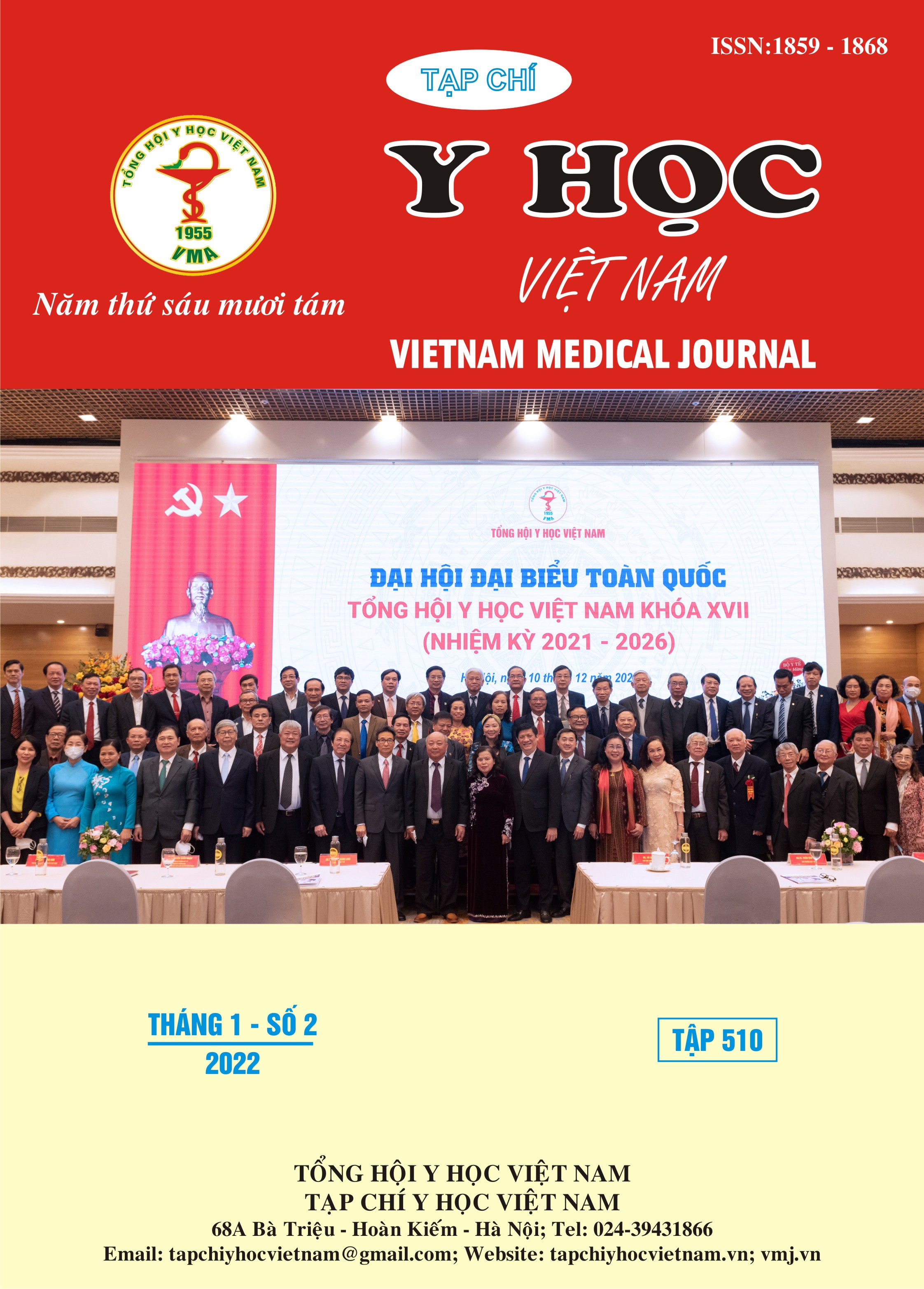EXERCISE STRESS TEST (EST) AS A RISK STRATIFICATIONS TOOL IN ASYMPTOMATIC WOLFF-PARKINSON-WHITE (WPW) PATIENTS
Main Article Content
Abstract
Objectives: To evaluate exercise stress test (EST) as a risk stratification tool in asymptomatic Wolff-Parkinson-White (WPW) patients, through determining the correlation between EST and electrophysiology study (EPS). Subjects and methods: 35 asymptomatic WPW patients were risk stratificated via EST; thereafter the subjects underwent EPS. Data collected from both tests was analyzed to detect the correlation.Sensitivity, specificity, positive (PPV), and negative predictive value (NPV) of EST to risk stratificate was calculated. Results: 34 patients completed EST as their heart rate achieved expectation, one patient postponed EST due to an tachycardia, 6 subjects were stratificated as low risk via EST. EPS classified 10 patients as high risk; in 7 of the 10 subjects, Atrioventricular Reentry Tachycardias (AVRTs) were induced. Compared to EPS, The sensitivity, specificity, PPV, and NPV of EST to risk strafiticateasymptomatic WPW patients was 90%, 20%, 31.1%, and 83.3%, respectively. Conclusions: EST is feasible for risk stratificating in asymptomatic WPW patients; the test shows high sensivity and NPV, low specificity and PPV.
Article Details
Keywords
Exercise stress test (EST), Wolff-Parkinson-White (WPW), electrophysiology study (EPS)
References
2. 2Gibbons Raymond J., Balady Gary J. và cộng sự. (2002). ACC/AHA 2002 Guideline Update for Exercise Testing: Summary Article. Circulation, 106(14), 1883–1892.
3. Brugada J., Katritsis D.G., Arbelo E. và cộng sự. (2020). 2019 ESC Guidelines for the management of patients with supraventricular tachycardiaThe Task Force for the management of patients with supraventricular tachycardia of the European Society of Cardiology (ESC)Developed in collaboration with the Association for European Paediatric and Congenital Cardiology (AEPC). Eur Heart J, 41(5), 655–720.
4. Pappone C., Santinelli V., Rosanio S. và cộng sự. (2003). Usefulness of invasive electrophysiologic testing to stratify the risk of arrhythmic events in asymptomatic patients with Wolff-Parkinson-White pattern: Results from a large prospective long-term follow-up study. J Am Coll Cardiol, 41(2), 239–244.
5. Nguyễn Thanh Hải và cộng sự. (2019). Luận án Tiến sĩ: Nghiên cứu đặc điểm điện sinh lý tim và kết quả điều trị hội chứng Wolff-Parkinson-White ở trẻ em bằng năng lượng sóng có tần số radio. 163.
6. Leitch J.W., Klein G.J., Yee R. và cộng sự. (1990). Prognostic value of electrophysiology testing in asymptomatic patients with Wolff-Parkinson-White pattern. Circulation, 82(5), 1718–1723.
7. Trần Văn Đồng và cộng sự. (2004). Nghiên cứu điện sinh lý và điều trị hội chứng Wolff-Parkinson-White bằng năng lượng sóng có tần số radio. Tạp chí Tim mạch học Việt Nam số 38, 20-26.
8. Facc A.D.S., Yee R., Facc G.G. và cộng sự. Sensitivity and specificity of invasive and noninvasive testing for risk of sudden death in Wolff-Parkinson-White syndrome. 9.


